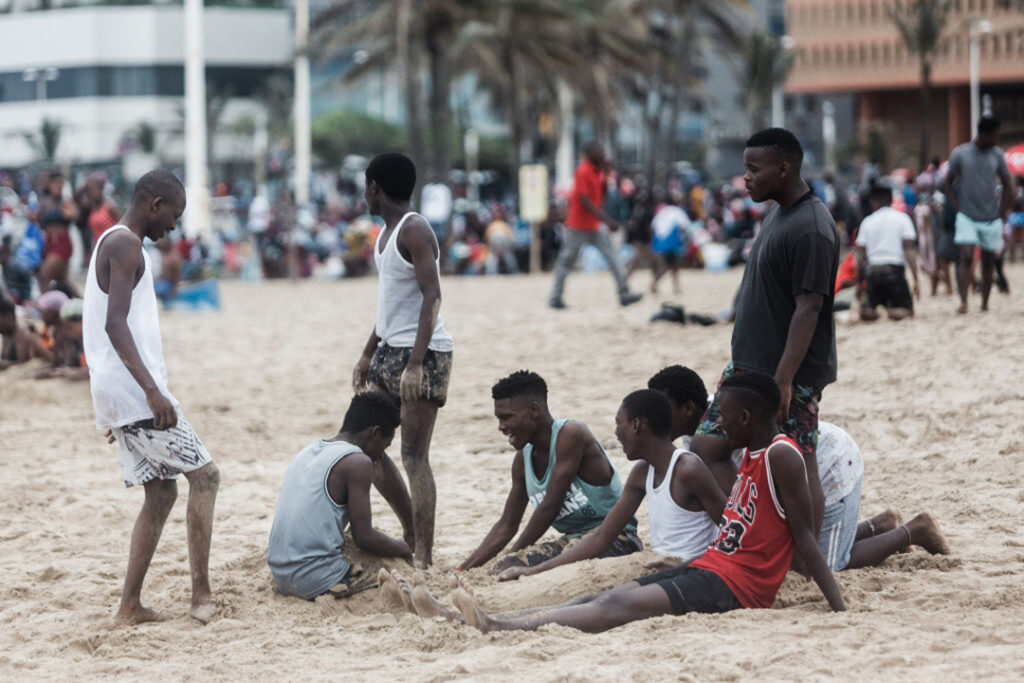ADF STAFF
For the first time in nearly two years, South Africa has experienced two days without any reported deaths from COVID-19 — a sign the pandemic may be easing there.
The National Institute for Communicable Diseases (NICD) announced the lack of deaths via Twitter on February 28 and again on March 6 as part of its daily report on COVID-19. They were the first days since May 2020 that the country reported no deaths from COVID-19 in a single 24 hours.
March 5 was the two-year anniversary of South Africa’s first reported COVID-19 case. South Africa consistently reported the continent’s highest number of cases and deaths since the pandemic started.
“Empirically, the hospitals are pretty much empty of COVID cases,” Shabir Madhi, a professor of vaccinology at the University of the Witwatersrand, told Agence France-Presse (AFP).
The report reflected the end of the country’s fourth wave of infections that was driven by the omicron variant, which was first reported in South Africa. Omicron cases spiked at the end of December and declined sharply after that.
“It looks like we are past the worst of this pandemic at least in hospitalizations and deaths,” said Professor Tulio de Oliveira, director of KRISP, the KwaZulu-Natal Research and Innovation Sequencing Platform. De Oliveira’s laboratory has produced cutting-edge research on COVID-19 and its variants.
According to AFP, South Africa’s neighbors — Zimbabwe, Namibia, Angola, Mozambique and Eswatini — also reported zero COVID deaths around the same time. However, those countries have less robust surveillance systems than South Africa.
The NICD’s most recent daily report showed South Africa’s case-positivity rate at 5.8%, about one-fourth of what it was during the omicron peak. The World Health Organization considers a positivity rate of 5% the point at which countries should impose restrictions to stop the spread of a disease.
Researchers attribute South Africa’s low death numbers to widespread immunity among the population. Blood tests suggest that approximately 80% of South Africans have been exposed to COVID-19 and have some level of immunity.
“It’s come at a huge cost of loss of life, but it has resulted in a large portion of the population that have now developed protection against severe disease,” Madhi said.
The pandemic is not over in South Africa. The NICD’s daily reports include between 1,500 and 2,000 new cases of COVID-19, down from nearly 12,000 at the peak of the omicron wave. Experts believe a fifth wave of infections is likely to begin around the end of April, based on the rhythm of previous waves.
The combination of high immunity and low deaths prompted national leaders to remove most restrictions first imposed two years ago, including a midnight-to-4 a.m. curfew. Authorities also allowed gatherings of up to 1,000 people indoors and 2,000 people outdoors. Masks remain mandatory on public transportation.
As of the first week of March, South Africa’s death total was just over 99,000 since the start of the pandemic. Research into the country’s excess deaths — those above what is considered normal — suggests the actual COVID-19 death count may be about three times the official total, which is derived largely from hospital reports.

